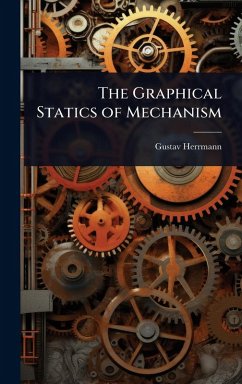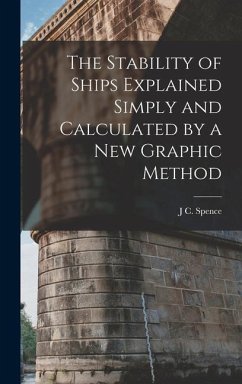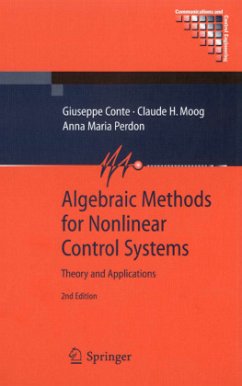
Statics by Algebraic and Graphic Methods
Versandkostenfrei!
Versandfertig in über 4 Wochen
30,99 €
inkl. MwSt.
Weitere Ausgaben:

PAYBACK Punkte
15 °P sammeln!
"Statics by Algebraic and Graphic Methods," intended primarily for students of engineering and architecture, presents a comprehensive exploration of statics principles using both algebraic and graphical techniques. This book, originally published in 1908, offers a rigorous and systematic approach to understanding the fundamental concepts of mechanics and structural analysis. The text is designed to equip students with the necessary tools to solve complex static problems encountered in engineering and architectural design. Lewis Jerome Johnson's clear and methodical explanations make this book ...
"Statics by Algebraic and Graphic Methods," intended primarily for students of engineering and architecture, presents a comprehensive exploration of statics principles using both algebraic and graphical techniques. This book, originally published in 1908, offers a rigorous and systematic approach to understanding the fundamental concepts of mechanics and structural analysis. The text is designed to equip students with the necessary tools to solve complex static problems encountered in engineering and architectural design. Lewis Jerome Johnson's clear and methodical explanations make this book an invaluable resource for those seeking a solid foundation in statics. The combination of algebraic equations and graphical representations provides a multi-faceted approach to problem-solving, enhancing the reader's comprehension and analytical skills. This classic work remains relevant for its detailed treatment of statics, offering insights and methods that are still applicable in modern engineering and architectural practice. This work has been selected by scholars as being culturally important, and is part of the knowledge base of civilization as we know it. This work was reproduced from the original artifact, and remains as true to the original work as possible. Therefore, you will see the original copyright references, library stamps (as most of these works have been housed in our most important libraries around the world), and other notations in the work. This work is in the public domain in the United States of America, and possibly other nations. Within the United States, you may freely copy and distribute this work, as no entity (individual or corporate) has a copyright on the body of the work. As a reproduction of a historical artifact, this work may contain missing or blurred pages, poor pictures, errant marks, etc. Scholars believe, and we concur, that this work is important enough to be preserved, reproduced, and made generally available to the public. We appreciate your support of the preservation process, and thank you for being an important part of keeping this knowledge alive and relevant.












